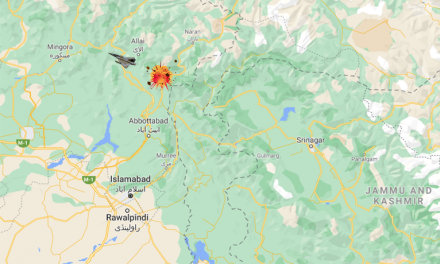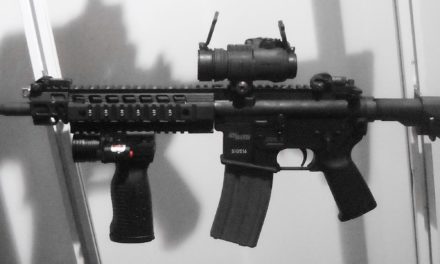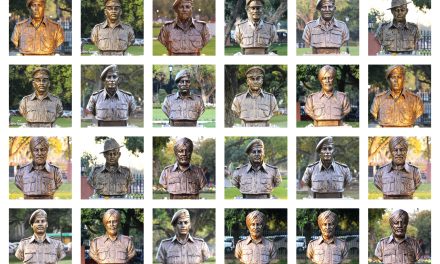The nation is exercised about Rafale and HAL. Rightfully there is a doubt in people’s minds as to why having an aircraft manufacturing unit in HAL, the offset contract should go to Reliance Defence which has been formed only recently. While reporting on contract is going on in full steam, there are several motivated articles and videos doing rounds to peddle the point of view of the respective paymasters and further their vested interests. Thus it is important for the audience to understand how a manufacturing organization goes about manufacturing state of the art items such as aircrafts under license, to be able to sift fact from fiction and form their own independent view.
An Original Equipment Manufacturer (OEM) provides the following items to a buyer if an agreement is reached to allow manufacture under license: Engineering Drawings, Bill of Materials and Material Specification. Tooling at manufacturing plant or workshop, manufacturing quality controls and technician training are other important variables, but do not normally fall under the deliverables of just a license. They may be a part of technology transfer, but the reality is hardly any one in the world does technology transfer. Just like in college, a student has to use all her intelligence and hard work, to qualify for the best universities and career opportunities, the buyer has to use skill and ingenuity to master manufacturing at the required quality level.
The following is a simplistic description of aircraft subsystems that are a focus of manufacturing.
- Air Frame: Materials or alloy type used for air frame varies between generations of aircraft. In HAL context, ability to make Mig 21-BIS, Jaguar or Sukhoi 30 does not automatically mean that it can be used in Rafale. Air Frame joining & integrity depends on special joining/welding techniques for ability to withstand wind shear at maximum Mach speeds which the aircraft may attain. Once air frame manufacturing ability is proven, then this needs to be tested and proven for airworthiness.
- Wings and Tail: These need specialist design depending on the aircraft, as they need to carry the wing mounted jet engines and therefore bear load while flying. They also have hydraulics to manipulate wing flaps and rudders which make them quite complex and bespoke to the aircraft.
- Power Systems: Consists of Jet Engines, Compressors, Hydraulics. Power System components can be segregated in terms of Fired Components- like jet engine, and non-fired components- like hydraulics. Modern aircraft engines are jet engines which are high speed turbines. Metallurgy of materials is critical here. If jet engine turbine vanes are not of correct metallurgy then they cannot be fired to the correct temperature. Once vanes of correct metallurgy are made they need to be machined or formed to the correct profile as jet engine power output depends on fired temperature and blade profile in the turbine. Turbine Shafts and Bearings are another important factor. For the HAL and DRDO context, it is important to note that for the LCA project India could not manufacture the indigenous “Kaveri” engine of the required “Power to Weight+Dimension Ratio”. Ultimately GE engines had to be fitted onto the LCA which is now being manufactured. Secondly, one of the main failure reasons of the MIG 21-BIS cited by the OEM is poor metallurgy. Now this can mean poor metallurgy of air frame or shafts or bearings or engine parts etc. Rumour has it that lack of thrust is one of the problems. Wide variations of Thrust is required when the aircraft is diving and climbing. Bottom Line is – India’s ability to make “battlefield” engines whether for LCA, Mig or T-90 tanks is lacking! For readers jumping to point out about our expertise in rocketry such as PSLV/ GSLV etc, it needs to be understood that a battlefield engine is far more complicated than a single use rocket and must have a wide variation of thrust, velocity, power etc on demand, besides durability and life.
- Controls, Electricals and Electronics: Since these are wired systems, integrated circuits and feedback loop etc, once correct components are obtained, their assemblage and proofing is relatively more straight forward than the earlier described mechanical systems. Indian ability in this area from the experience gained from ISRO, DRDO etc is relatively good and perhaps even world class.
Therefore to manufacture any aircraft, one needs to have the ability to manufacture all the earlier described sub systems, apart from the right tools, furnaces etc in the workshop. The HAL:Dassault Systeme man hour ratio for RAFALE has been reported at 2.7:1 under the assumption that all components made by HAL will be of the same quality as of Dassault Systemes. Given the experience of MIG 21-BIS- Flying Coffins HAL’s ability to make aircraft to Dassault’s quality levels is questionable. The high man hour ratio is also indicative of probable ballooning of manufacturing costs. Further it is quite doubtful if HAL has the technicians required to execute the manufacturing activities involved.
The salary levels on offer at HAL, does not inculcate the skill, motivation and interdisciplinary engineering skills required to execute such complex manufacturing expertise. Thus the bottom-line is that the company responsible for “Manufacturing Offsets” must have the resources to pay the staff required to execute the complex technical activities described above. This is where Reliance Defence comes in with the managerial skill, and cash required to identify, hire and fire the skilled expertise required for manufacturing
To conclude, Aircraft manufacturing requires either a disciplined military-industrial type of managerial ability, such as in erstwhile Soviet Union and now China, which terminate the worker who fails to perform or asks questions. Alternately the type of private sector enterprise based on substantive compensation of an empowered and skilled workforce in place at US, France, Sweden and UK.
Therefore a deal to purchase 108 aircraft and to have them made under license at HAL without first addressing its inherent structural problems is pure optics and fraud in front of the nation. It is quite dangerous for the security of the nation to peddle a vision but know that in reality, it is not implementable. As with the case of Jaguars, Sukhois and Mirage, HAL was supposed to be manufacturing, but which never really saw the light of the day, these 6 squadrons would remain ghost squadrons in the face of the IAF’s dwindling ability.
Photo Courtesy : Pixabay

















very nice publish, i actually love this web site, keep on it!